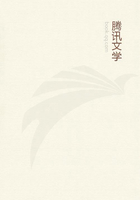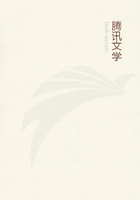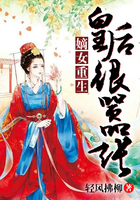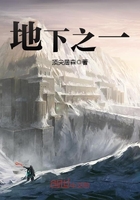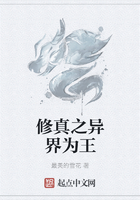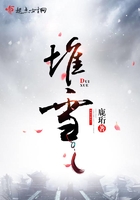Observers who were actively engaged in this branch of recent histological research soon noticed that the chromosomes of a given organism are differentiated in definite numbers from the nuclear network in the course of division. This is especially striking in the gonotokonts, but it applies also to the somatic tissues. In the latter, one usually finds twice as many chromosomes as in the gonotokonts. Thus the conclusion was gradually reached that the doubling of chromosomes, which necessarily accompanies fertilisation, is maintained in the product of fertilisation, to be again reduced to one half in the gonotokonts at the stage of reduction-division. This enabled us to form a conception as to the essence of true alternation of generations, in which generations containing single and double chromosomes alternate with one another.
The single-chromosome generation, which I will call the HAPLOID, must have been the primitive generation in all organisms; it might also persist as the only generation. Every sexual differentiation in organisms, which occurred in the course of phylogenetic development, was followed by fertilisation and therefore by the creation of a diploid or double-chromosome product. So long as the germination of the product of fertilisation, the zygote, began with a reducing process, a special DIPLOIDgeneration was not represented. This, however, appeared later as a product of the further evolution of the zygote, and the reduction division was correspondingly postponed. In animals, as in plants, the diploid generation attained the higher development and gradually assumed the dominant position. The haploid generation suffered a proportional reduction, until it finally ceased to have an independent existence and became restricted to the role of producing the sexual products within the body of the diploid generation. Those who do not possess the necessary special knowledge are unable to realise what remains of the first haploid generation in a phanerogamic plant or in a vertebrate animal. In Angiosperms this is actually represented only by the short developmental stages which extend from the pollen mother-cells to the sperm-nucleus of the pollen-tube, and from the embryo-sac mother-cell to the egg and the endosperm tissue. The embryo-sac remains enclosed in the diploid ovule, and within this from the fertilised egg is formed the embryo which introduces the new diploid generation. On the full development of the diploid embryo of the next generation, the diploid ovule of the preceding diploid generation is separated from the latter as a ripe seed. The uninitiated sees in the more highly organised plants only a succession of diploid generations. Similarly all the higher animals appear to us as independent organisms with diploid nuclei only. The haploid generation is confined in them to the cells produced as the result of the reduction division of the gonotokonts; the development of these is completed with the homotypic stage of division which succeeds the reduction division and produces the sexual products.
The constancy of the numbers in which the chromosomes separate themselves from the nuclear network during division gave rise to the conception that, in a certain degree, chromosomes possess individuality. Indeed the most careful investigations (Particularly those of V. Gregoire and his pupils.)have shown that the segments of the nuclear network, which separate from one another and condense so as to produce chromosomes for a new division, correspond to the segments produced from the chromosomes of the preceding division. The behaviour of such nuclei as possess chromosomes of unequal size affords confirmatory evidence of the permanence of individual chromosomes in corresponding sections of an apparently uniform nuclear network. Moreover at each stage in division chromosomes with the same differences in size reappear. Other cases are known in which thicker portions occur in the substance of the resting nucleus, and these agree in number with the chromosomes. In this network, therefore, the individual chromosomes must have retained their original position. But the chromosomes cannot be regarded as the ultimate hereditary units in the nuclei, as their number is too small. Moreover, related species not infrequently show a difference in the number of their chromosomes, whereas the number of hereditary units must approximately agree. We thus picture to ourselves the carriers of hereditary characters as enclosed in the chromosomes; the transmitted fixed number of chromosomes is for us only the visible expression of the conception that the number of hereditary units which the chromosomes carry must be also constant. The ultimate hereditary units may, like the chromosomes themselves, retain a definite position in the resting nucleus. Further, it may be assumed that during the separation of the chromosomes from one another and during their assumption of the rod-like form, the hereditary units become aggregated in the chromomeres and that these are characterised by a constant order of succession. The hereditary units then grow, divide into two and are uniformly distributed by the fission of the chromosomes between their longitudinal halves.
As the contraction and rod-like separation of the chromosomes serve to isnure the transmission of all hereditary units in the products of division of a nucleus, so, on the other hand, the reticular distension of each chromosome in the so-called resting nucleus may effect a separation of the carriers of hereditary units from each other and facilitate the specific activity of each of them.

